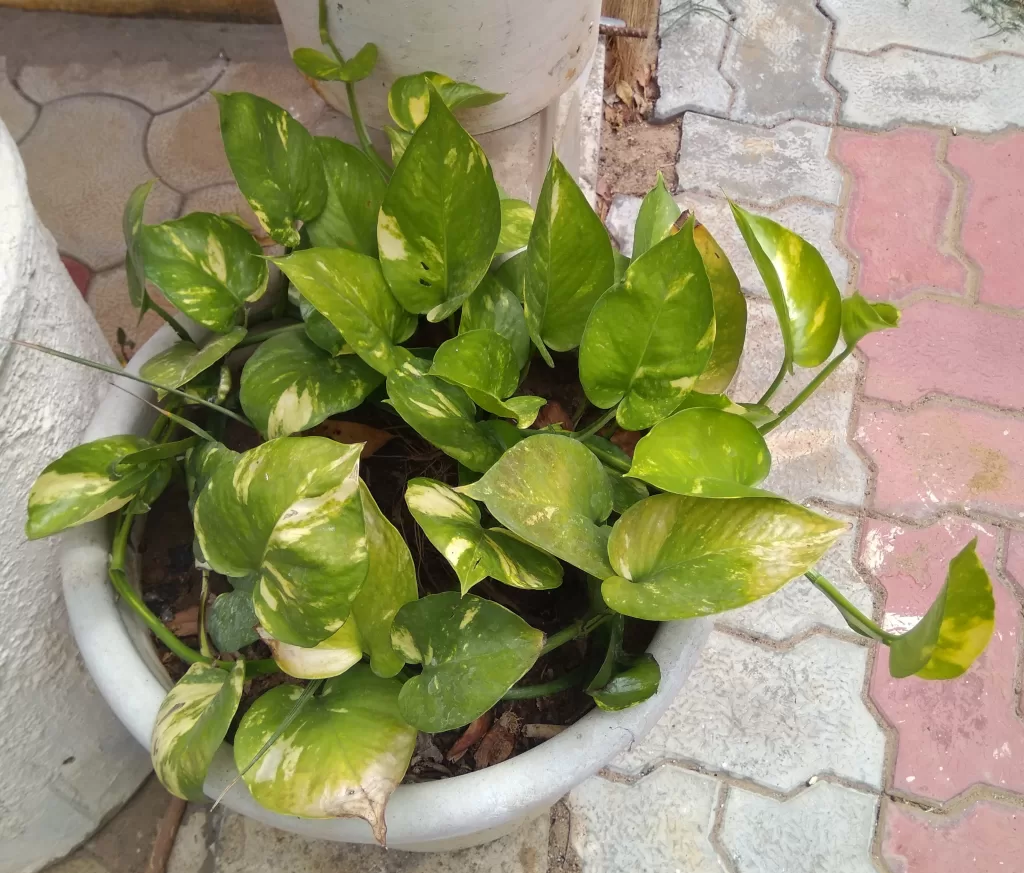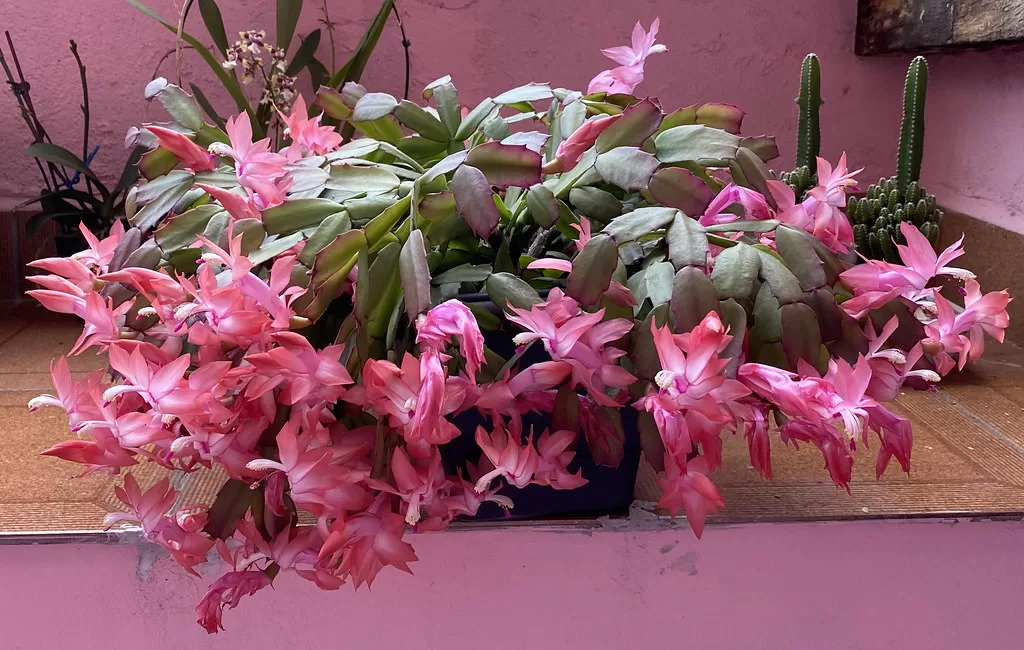27 Feb List of Indoor plants: Space with A Green Touch
Within the confined realms of small spaces and bustling urban jungles, deducing the list of indoor plants emerge as practical and versatile companions. In the ever-evolving tapestry of social media, the allure of indoor plants has blossomed into a captivating trend, especially on platforms like Instagram. This verdant wave surges not only from the aesthetic charm these list of indoor plants bring but also from their inherent health benefits and the eco-conscious spirit they embody. As individuals seek a greater connection with their surroundings, the surge in indoor plants becomes a tangible expression of this desire for a harmonious coexistence with the environment. Here is an article showcasing a curated list of indoor plants and how these green companions not only enhance our living environments but also contribute to our physical and mental wellness.
1. Areca palms

Areca palms, also known as butterfly or golden cane palms, are popular indoor plants due to their graceful appearance, air-purifying qualities, and adaptability. They have feathery fronds and bright green leaves, making them tropical and elegant. Areca palms thrive in bright, indirect light and prefer warm, humid conditions. They are suitable for containers and can be repotted every 2-3 years or when the plant outgrows its container.
2. Snake plants

Snake plants, also known as mother-in-law’s tongue or sansevieria trifasciata, are indoor plants popular for its unique appearance, durability, and air-purifying properties. They are resilient, with an ability to tolerate low light levels, and aesthetic appeal. Snake plants thrive in indirect, bright light and partial sun, but prolonged exposure to direct sunlight may lead to leaf burn. Their adaptability, combined with their unique appearance and air-purifying qualities, make them a favourite among indoor gardeners.
3. Aloe vera

Aloe vera is an indoor plant with medicinal properties and attractive appearance. Its gel can treat burns, cuts, and skin irritations. The plant’s thick, fleshy leaves, often green with a slight blue or grey tint, add a decorative touch to indoor spaces. Aloe vera thrives in bright, indirect light and prefers well-draining soil.
4. Ferns

Ferns have an aesthetic appeal and can tolerate bright, indirect light. Ferns require consistent moist soil but should not dry out completely. They thrive in high-humidity environments, so consider placing a humidity tray on them or misting them regularly. Ferns are suitable for various indoor locations, and for monitoring pests like spider mites or aphids. Popular indoor fern varieties include Boston Fern, Maidenhair Fern, Bird’s Nest Fern, and Kimberly Queen.
5. Monstera

Monstera is known for its tropical appearance and large, glossy leaves. It requires bright, indirect light but can tolerate lower conditions. Fertilise Monstera plants with a balanced liquid fertiliser every 4–6 weeks during the growing season. Support and pruning can help control the plant’s size and shape. Monstera plants can be placed in various indoor locations and propagated through stem cuttings.
6. Anthuriums

Anthuriums are tropical plants known for their vibrant, heart-shaped flowers and glossy leaves. They thrive in bright, indirect light and prefer a well-draining, aerated potting mix. Anthuriums thrive in high-humidity environments, so it’s important to maintain a balance and ensure proper drainage. Anthuriums are suitable for indoor display in the living room.
7. Money Plants

Money Plants, also known as Devil’s Ivy or Pothos, are popular indoor plants due to their attractive appearance and low-maintenance nature. They thrive in various indoor conditions and can tolerate a wide range of light conditions. They can be placed on tabletops, shelves, or hanging baskets, and propagated through stem cuttings. Money Plants are considered symbols of good luck and prosperity in some cultures.
8. Dracaena

Dracaena is known for its diverse species, ranging in size, shape, and colour, and for their striking foliage, which tolerates bright, indirect light. Dracaena plants prefer slightly moist soil but are sensitive to overwatering, which can lead to root rot. To grow Dracaena, use a well-draining potting mix, repot when it outgrows, and fertilise with a balanced liquid fertiliser every 4–6 weeks during the growing season. They are known for their air-purifying qualities, making them a popular choice for indoor environments.
9. Heart Leaf Philodendron

Heart Leaf Philodendron, also known as Philodendron hederaceum, is an indoor plant that thrives in indirect or filtered light. It requires well-draining soil and a well-draining potting mix. Pruning is done to control the plant’s size and shape, and support is provided for vines.
10. Spider plants

Spider plants, also known as Chlorophytum comosum, are easy-to-care-for indoor plants. They prefer bright, indirect light but can tolerate lower light conditions. Spider plants are relatively resistant to pests but should be watched for infestations. They can be propagated by removing baby plantlets or dividing the root ball during repotting. Spider plants are safe and non-toxic for humans and pets, making them a great choice for your home.
11. Zebra Plant

The Zebra Plant, also known as Aphelandra squarrosa, is a unique indoor plant with dark green leaves and white veins. It prefers bright, indirect light and moist soil. Regularly prune the plant to control its size and shape. Be aware of common houseplant pests like spider mites and aphids and treat infestations promptly.
12. Weeping Fig

The Weeping Fig, also known as Ficus benjamina, is a versatile indoor plant with graceful branches and glossy green leaves. It requires bright, indirect light, but can adapt to lower light conditions. Watch out for pests like spider mites and scale, and ensure good air circulation to prevent fungal issues.
13. Pothos

Pothos, also known as Epipremnum aureum, is an indoor plant that thrives in low- to medium-light conditions. Pothos are pruned to control size or encourage bushier growth. It is easy to propagate through stem cuttings. Pothos is resistant to pests but should be treated promptly for mealybugs, spider mites, or scale. It can be grown in hanging baskets or placed on shelves.
14. Cast Iron Plants

Cast Iron Plants, also known as Aspidistra elatior, are low-maintenance indoor plants that can withstand neglect and adverse conditions. They thrive in low to moderate indirect light and prefer evenly moist soil. To care for them, water them less frequently during the winter and use a well-draining, rich potting mix.
15. Jade Plant

The Jade Plant, also known as Crassula ovata, is a popular indoor succulent that thrives in bright, indirect light. It requires a well-draining soil mix and is drought-tolerant. Jade Plants are susceptible to pests like mealybugs and spider mites and should be repotted when they outgrow their container.
16. Christmas Cactus

The Christmas Cactus, also known as Schlumbergera, is a popular indoor plant known for its vibrant flowers. The plant blooms in late fall to early winter, producing tubular flowers in various colours. They can be propagated from stem cuttings and repotted every 2–3 years. They are non-toxic and safe for both pets and humans.
17. Chinese Evergreen

Chinese Evergreen, also known as Aglaonema, is a popular indoor plant with attractive foliage. It thrives in low to medium indirect light conditions, prefers slightly moist soil, and adapts to average indoor humidity levels but prefers slightly higher humidity. They come in various cultivars with different leaf patterns and colours.
18. ZZ Plants

ZZ Plants, also known as Zamioculcas zamiifolia, are low-maintenance indoor plants with glossy, dark green leaves. They can tolerate low-to-bright indirect light conditions, but moderate-to-bright indirect light is ideal for optimal growth.
19. African Violets

African Violets are indoor plants known for their colourful flowers and fuzzy leaves. To care for them, they need bright, indirect light, a well-draining, slightly acidic potting mix, and a balanced water-soluble fertilizer. They bloom prolifically in spring and fall and should be pruned by pinching off spent flowers.
20. Wax Plant

The Wax Plant, also known as Hoya, is a tropical plant known for its fragrant flowers and succulent-like foliage. To care for Wax Plants, they need bright, indirect light, well-draining soil, balanced liquid fertiliser, and support. Popular varieties include Hoya carnosa, Hoya kerrii, and Hoya linearis. To control size and shape, prune them, pinch back leggy growth, and provide support for trailing or climbing plants.
Conclusion
A list of Indoor plants is necessary for air purification, enhanced well-being, aesthetic appeal, temperature regulation, Feng Shui, urbanization challenges, health benefits, and sustainable living. Indoor plants help to reduce stress, anxiety, and depression by creating a calming environment. The mentioned list of indoor plants contributes to temperature regulation by releasing moisture through transpiration, making them more comfortable in hot regions and promoting harmony and positive energy in traditional practices like Feng Shui and Vastu Shastra. As urbanization continues to increase, indoor plants offer a way to reconnect with nature and promote sustainable living.
Content Writing And Research By: Ar. Priyanshi Shah
The post List of Indoor plants: Space with A Green Touch appeared first on The Architects Diary.




No Comments